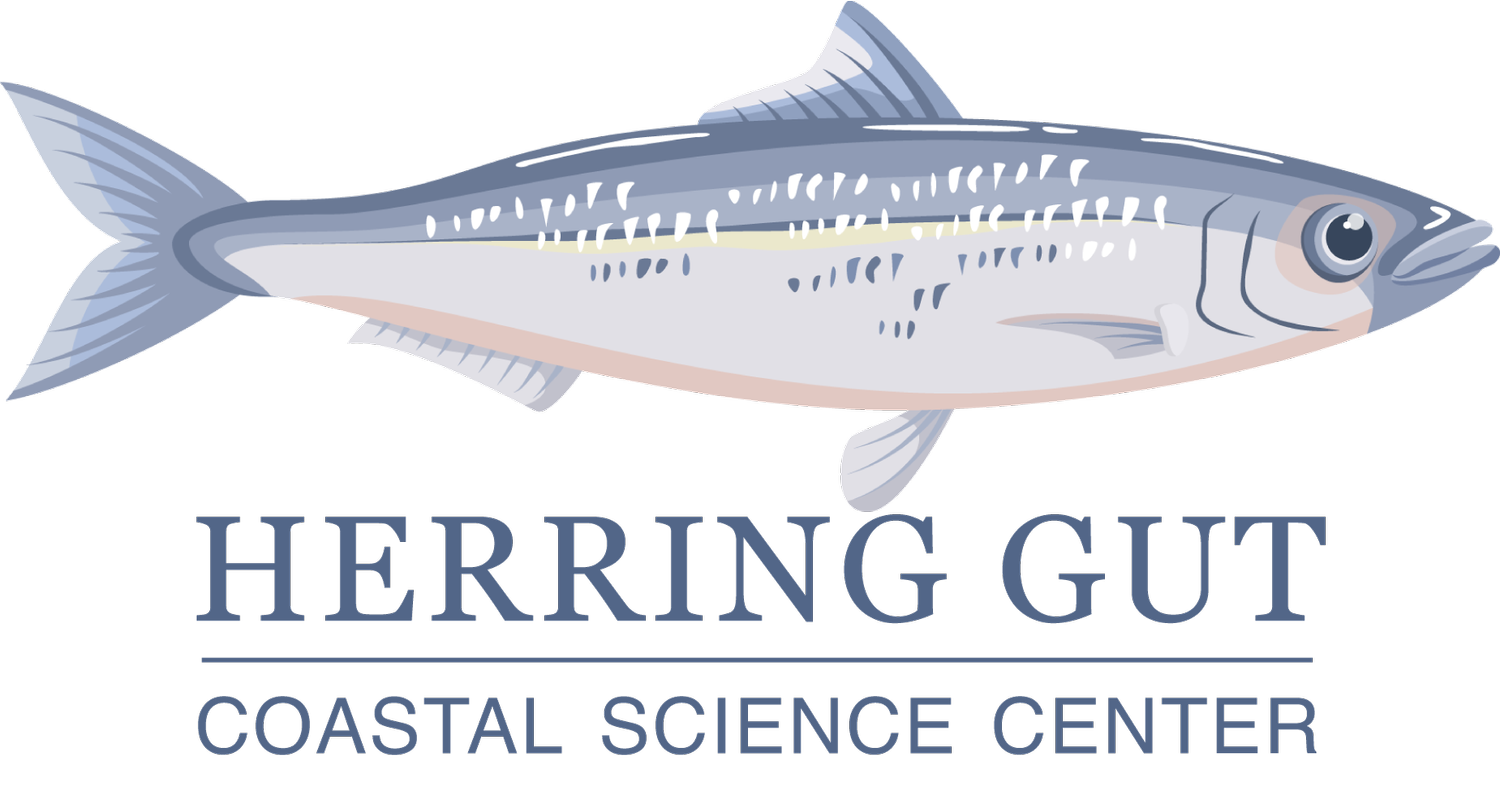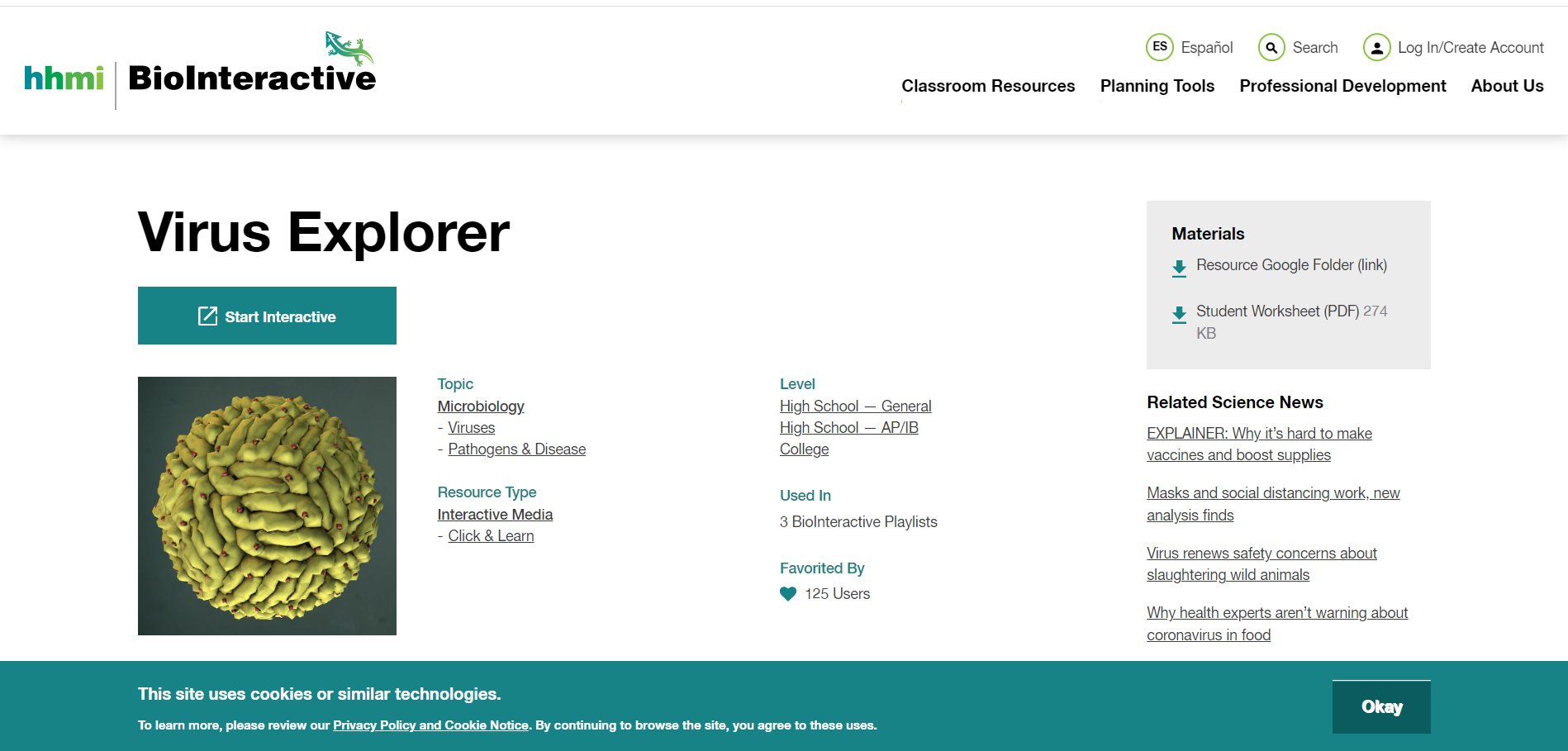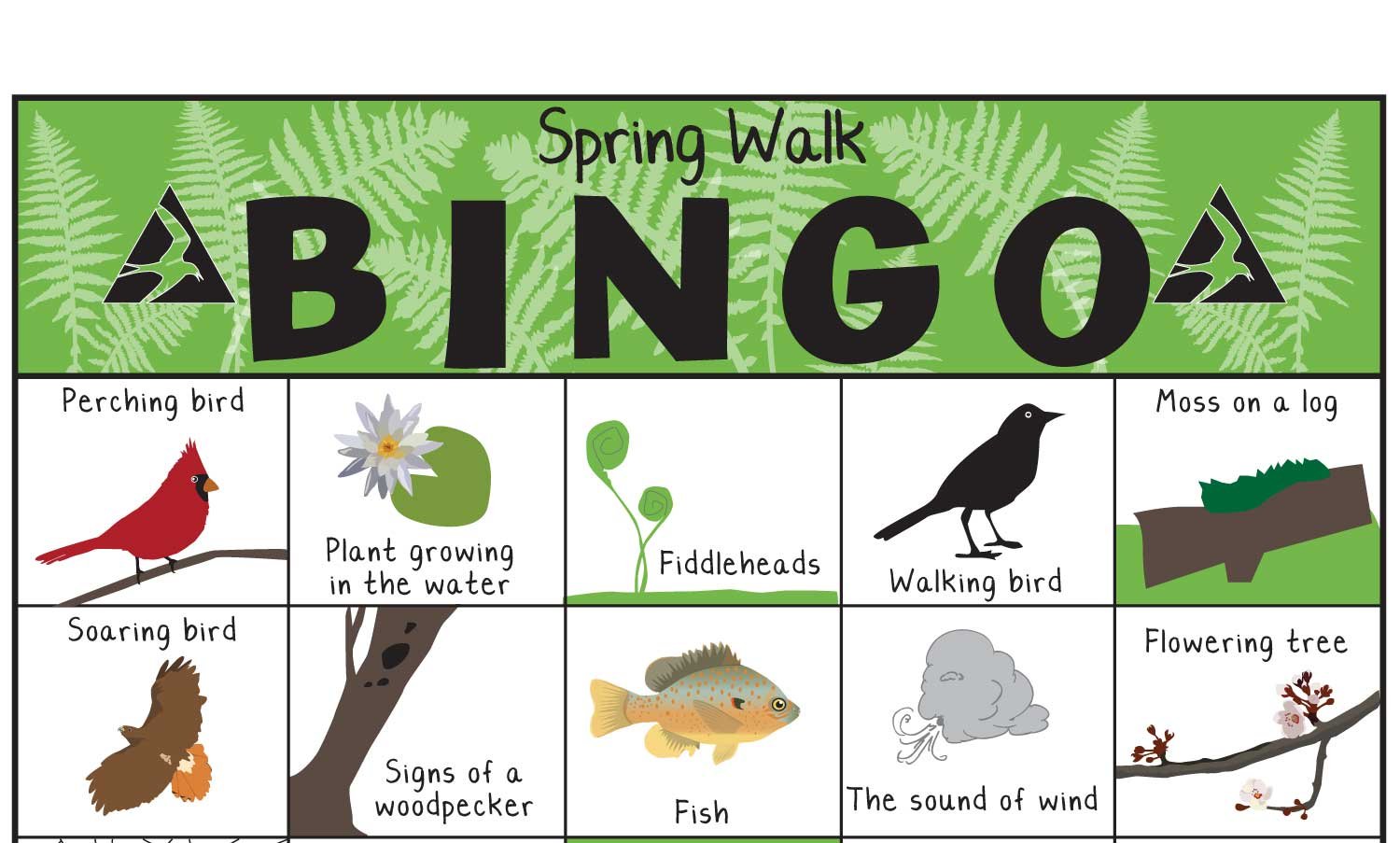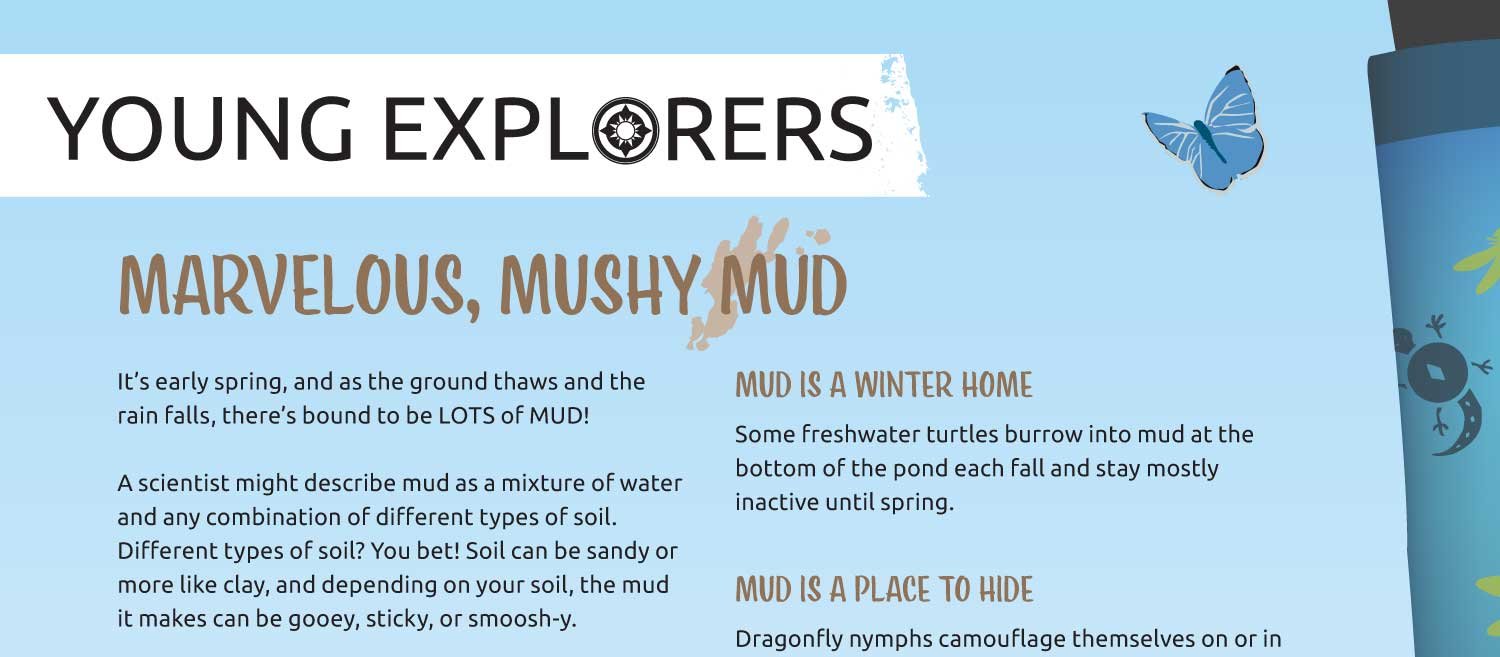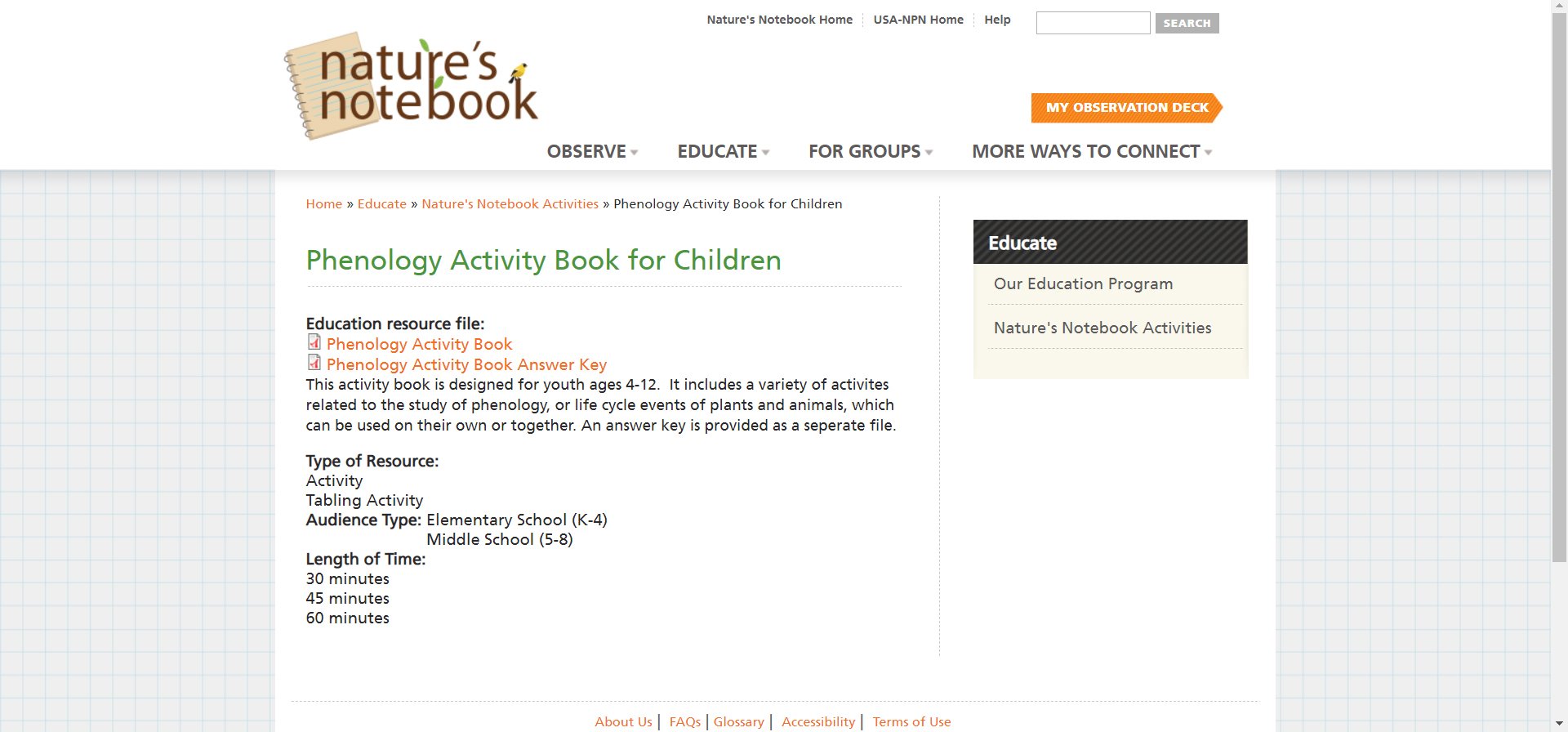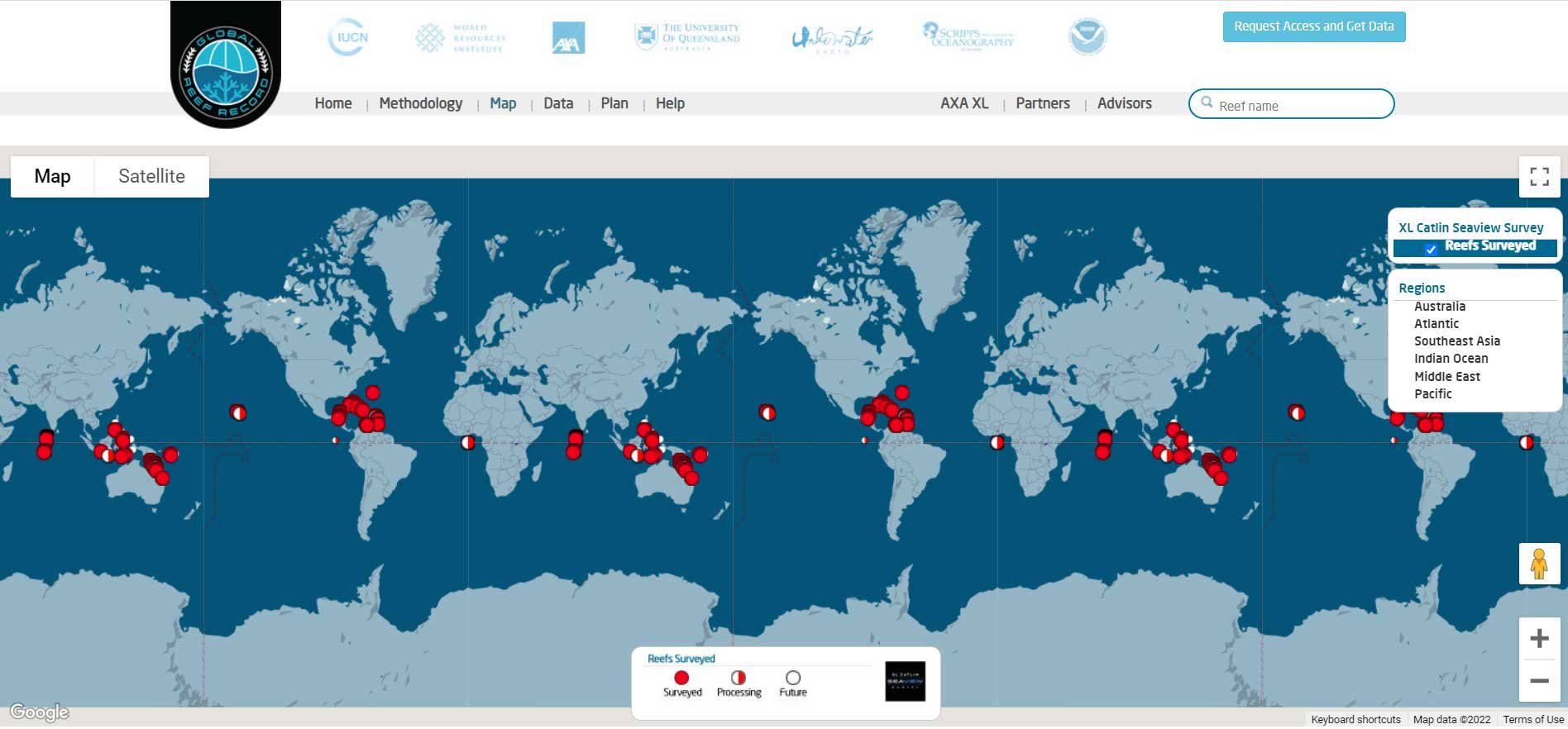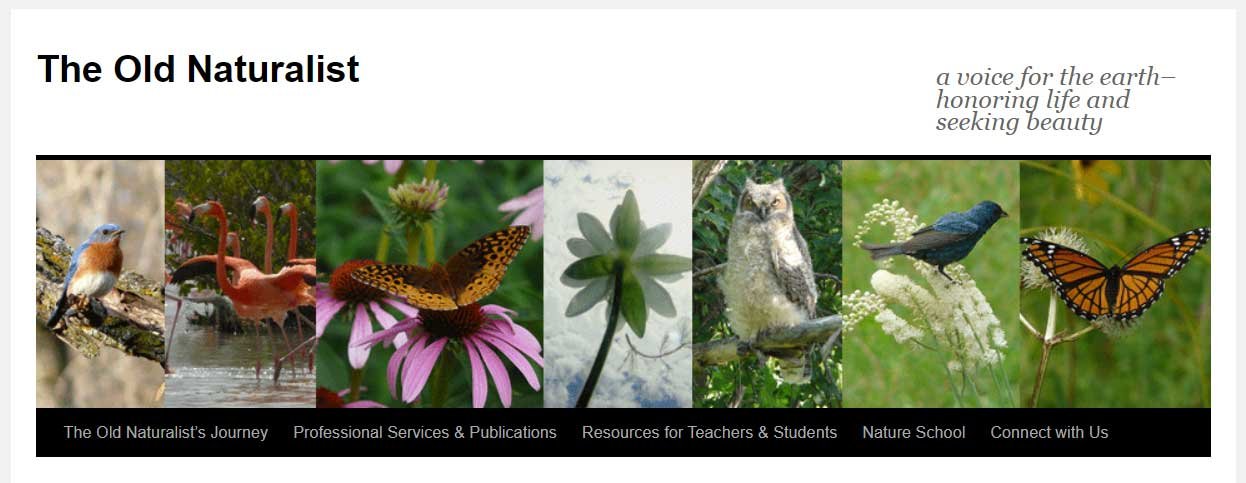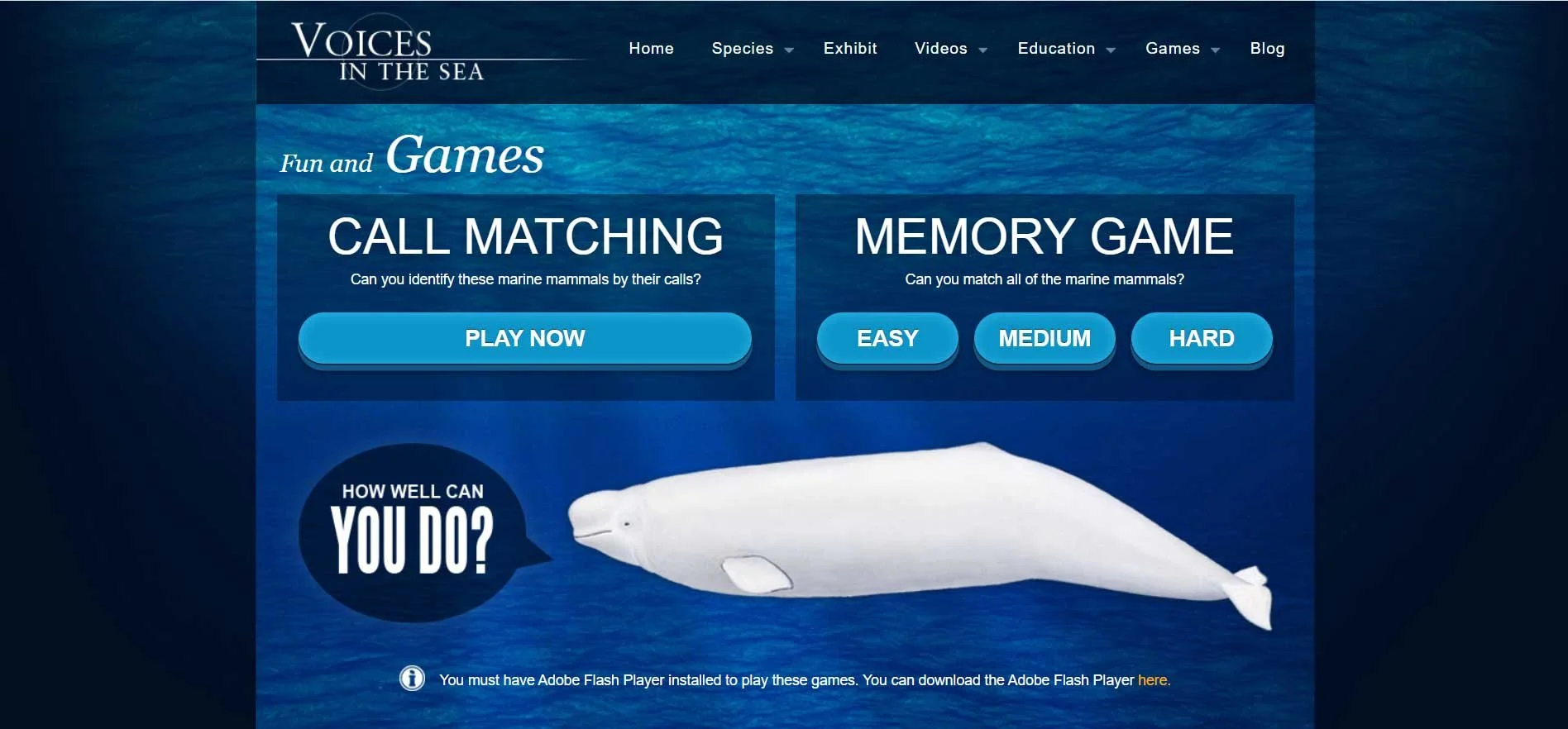Aquaculture Education
Lorem ipsum dolor sit amet, consectetur adipiscing elit, sed do eiusmod tempor incididunt ut labore et dolore magna aliqua. Id faucibus nisl tincidunt eget nullam non nisi est sit. Vulputate sapien nec sagittis aliquam malesuada bibendum arcu. Integer vitae justo eget magna fermentum iaculis. Urna molestie at elementum eu facilisis sed odio morbi. Sit amet mattis vulputate enim nulla. Sem viverra aliquet eget sit amet. Viverra justo nec ultrices dui sapien eget mi proin sed. Ante metus dictum at tempor commodo ullamcorper a. Nisi lacus sed viverra tellus in hac habitasse platea dictumst. Ornare suspendisse sed nisi lacus sed viverra. In eu mi bibendum neque egestas congue quisque egestas diam. Pulvinar pellentesque habitant morbi tristique senectus et netus et malesuada. Neque egestas congue quisque egestas diam in arcu cursus euismod.
Join us at Herring Gut to celebrate the solstice with a light hike at Marshall Point Lighthouse led by Josh Waguli, Maine Master Naturalist. Enjoy activities for all ages and a wild tea ceremony to mark the shortest day of the year! Dress for the weather and wear warm shoes or boots.
Join us in person or via Zoom this fall and winter for our Cabin Fever Series. A time to socialize and embrace lifelong learning about the marine economy, science, and the environment.
Every spring, conditions come together to form one of the most eruptive wildlife migrations in the world - right in our backyards. The warm, rainy nights of spring bring frogs and salamanders out in droves, creating what is referred to as "big nights". However, many of these migrants face trouble as they meet one of the newest habitats on the landscape - roads. This talk will introduce the community science project Maine Big Night, a project that anyone can participate in to collect data and help migrating amphibians in roadways. Amphibian natural history, results from previous years, and compelling stories will also be included.
Forever chemicals, or PFAS, are chemicals used in a wide range of applications. From fire fighting to waterproofing, these chemicals are called forever chemicals because of their extreme persistence and ability to last for thousands of years in the environment. PFAS have been used in Maine for a long time and we are just now starting to understand how harmful these chemicals can be to our farmland and our waterways.
A watershed is defined by the space in which water “sheds” off the land into water basins like lakes, rivers, and finally into the ocean. Many things can affect the water quality in a watershed including all the poo left behind by our 4 legged friends.
Herring Gut Coastal Science Center explores how our oceans and inland waterways connect. Our three-part watershed series explores Maines Watersheds and how they impact our communities and economies. In our first of this series, we look toward the Town of Gardiner on the Kennebec River with guest speaker Tina Wood, Founder of UPSTREAM.
Shell middens are cultural spaces located on the mainland and island coasts and were created by Maine’s indigenous people during thousands of years of coastal occupation.
GUEST SPEAKERS: Sarah Gladu, Director of Education and Citizen Science at Coastal Rivers Conservation Trust and Dr. Bonnie Newsom, Assistant Professor of Anthropology and Associate Faculty in the Climate Change Institute at the University of Maine
Maine is a leader in the world of shellfish aquaculture. This is because there is such a close connection between farmers and the scientific community. These partnerships are leading to new understandings of growth rates in preferred growing equipment, creating recycled equipment, and understanding climate change on oyster farms. Join us to hear how this healthy relationship benefits all of Maine's working shoreline.
Guest speakers are Phoebe Jekielek (Hurricane island) with Jordan Kramer (Winnegance Oyster Farm) as well as Jessie Batchelder (Manomet) with Mike Gaffney (Eros Oyster).
“Beneath the Waves” is an interactive documentary following a group of scientists studying the marine environment of the Kimberley in Australia. This website is segmented into chapters focusing on the larger research mission; as you watch the chapters, you unlock shorter videos focusing on specific creatures, adaptations, methodologies. This resource lends itself well to reflections by students and short reports on organisms that they learn about in the documentary.
“The Deep Sea” is an interactive website in which students can scroll to explore the depths of our oceans. The organisms on the screen represent the deepest known depth at which they can be found, for example Great Barracuda can be found at 92 meters (301 ft)! Students can compare adaptations of organisms found at increasing depths as well as practice math conversion skills to try to understand how deep our oceans truly are.
“Virus Explorer” by hhmi Biointeractive is an interactive resource focusing on the diversity of viruses. Use this resource to make comparisons about different aspects of viruses such as structure and host range. Hhmi Biointeractive offers many interactive resources for different age groups.
NOAA’s Ocean Exploration and Research page has links to expeditions to previously unknown parts of our oceans. Search by location, year, or topic and find a dive to explore! Each dive’s page has lots of information about the data gathered on that dive as well as photos and exciting discoveries!
Mass Audubon’s Spring Bingo pages are a great way to bring younger kids outside into nature and encourage observations of the changes that spring brings to your backyard.
Mass Audubon’s Marvelous Mushy Mud is a fun activity for those of us in mud season right now. Use this activity as a jumping off point into nature observations.
Wild Time Learning has a variety of resources for both younger and older kids to engage with nature in focused ways. These short lessons give space for creativity from both the educator and the learner in how to proceed.
Nature’s Notebook’s Phenology Activity Book is a series of activities for kids aged 4-12 focused on observing phenology, which is seasonal or cyclic natural phenomena, in their time outside.
Your Plan Your Planet is an interactive resource about sustainability made by Google. This website has four categories (stuff, water, energy, and food) that you can click through, take quizzes, and learn about sustainability of each of these resource types. For example, the water page shows you how much water your shower uses based on length of shower and shows tips on how to save water in your house.
Global Reef Record project worked with divers to record images during dives around the world. You can click through these images using their map explorer or you can watch the videos on their YouTube page linked here (Global Reef Record YouTube). These videos are really similar to what you would see while diving – as a diver, it was fascinating to have an underwater experience when we can’t actually dive right now.
The Old Naturalist just made available various lessons focused on marine environments or species with student activity sheets linked on each page.
Virtual Visit at New England Aquarium allows students to take a peek behind the scenes of the aquarium. The site also includes many at-home activities for students from coming up with new ways to capture invasive lionfish to tracking white shark movements around our oceans.
NOAA Marine Sanctuaries has created a host of web-based resources for students for further enrichment of remote learning. The photos and videos of national marine sanctuaries are stunning and the 360 degree virtual dive videos are really engaging.
Sit-Spot Activity by Chewonki is a lesson that brings kids outside to sit and make observations about nature. This guided lesson can be repeated in the same spot and expanded into this Phenology Sit Spot Project in which students visit the same spot near their house daily to draw the changes they see. The thumbnail drawings make for a really fascinating comparison of how the spot changes as spring approaches.
Project Learning Tree has many activities for families that are based outdoors, mostly geared towards K-2nd grade. This lesson on bursting buds can be expanded upon with a dissection of the bud using this image as a guide.
Head to a nearby beach and do a beach scavenger hunt! You can design a board for your local species. Here is an example from the Blue Ocean Society for New Hampshire beaches.
EarthEcho has a host of various educational activities for families at home, ranging from regrowing food scraps (more info here) to using iNaturalist in outdoor explorations (if safe).
Explore.org live cams feature many different ecosystems, locations, species, etc. The website also has many documentaries. These resources can be used in conjunction with other lesson plans or worksheets or as a window into the natural world.
The Calm app is providing free resources during this COVID19 pandemic to help address the anxiety that many of us are trying to manage. These resources are student-friendly and are a good way to develop health habits around mindfulness.
Bow Seat’s Our Ocean in a Changing Climate Learning Guide is a great resource for introducing climate change’s impacts on our oceans as well as guide students through creative thinking and the artistic process for developing their own artwork and even entering the 2020 Ocean Awareness Contest!
Check out these Leaf Activities created by Kerry Wixted from the Maryland Department of Natural Resources for all ages, preK – 12th grade. The document features many activities using leaves that are very informative and engaging!
Learn about birding from Audubon – this guide leads parents through taking their kids birding, and it even includes a link to making your own cardboard binoculars!
While you are at it, make your own suet and see what kinds of birds come to your yard!
Use EcoMaine’s resources as a guide to doing an at-home waste audit! Now is a great time to track exactly how much waste your family produces as it will all be in one location, your home. This could be a great time to start composting as well!
